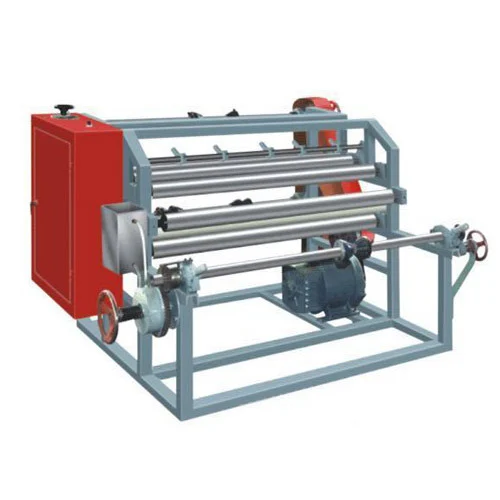Effective Mediation Training Techniques For Transforming Conflict Into Cooperation
Conflict is a natural part of human interaction, but it does not have to lead to tension or breakdowns in relationships. Mediation provides a structured approach to resolving disputes while fostering understanding and collaboration. Learning effective mediation techniques equips individuals with the skills to guide conversations, manage emotions, and reach agreements that satisfy all parties. By focusing on communication, empathy, and structured problem-solving, mediation transforms potential conflicts into opportunities for cooperation and mutual growth. Training in these methods strengthens professional, personal, and community relationships, making conflict resolution both productive and sustainable.
Core Mediation Training Techniques
- Active Listening:
o Fully focus on what each party is saying without interrupting.
o Reflect back key points to ensure understanding.
o Acknowledge emotions to validate participants’ feelings.
- Neutral Communication:
o Use language that is unbiased and non-judgmental.
o Avoid words that could escalate tensions or blame.
o Encourage clear expression of needs and concerns.
- Empathy Development:
o Practice seeing situations from others’ perspectives.
o Recognize emotional triggers and respond with calmness.
o Build rapport by demonstrating understanding and care.
- Questioning Techniques:
o Ask open-ended questions to explore underlying issues.
o Use clarifying questions to prevent miscommunication.
o Encourage reflection on potential solutions and consequences.

- Conflict Analysis:
o Identify the core issues and interests of each party.
o Separate personal feelings from factual concerns.
o Recognize patterns that may contribute to recurring conflicts.
- Problem-Solving Skills:
o Facilitate brainstorming sessions to generate multiple solutions.
o Evaluate options collaboratively and fairly.
o Support agreements that are practical, achievable, and mutually beneficial.
- Role-Playing Exercises:
o Simulate conflict scenarios to practice mediation techniques.
o Experiment with different strategies in a controlled environment.
o Receive feedback to refine approach and enhance effectiveness.
- Emotional Regulation Training:
o Learn techniques to stay calm under pressure.
o Teach parties methods to manage frustration or anger.
o Promote constructive engagement rather than reactive responses.
Benefits of Mediation Training
- Improved Communication: Participants learn to speak clearly and listen attentively, reducing misunderstandings.
- Enhanced Cooperation: Focusing on shared goals encourages teamwork and compromise.
- Stronger Relationships: Resolving conflicts constructively builds trust and mutual respect.
- Conflict Prevention: Skills gained help identify and address potential issues early.
- Personal Growth: Participants develop patience, resilience, and problem-solving abilities.
Conclusion
Effective Mediation opleiding transforms conflict into cooperation by equipping individuals with practical skills and strategies. Through active listening, empathetic communication, structured problem-solving, and emotional regulation, disputes can shift from destructive arguments to constructive dialogue. Practicing these techniques regularly ensures that conflicts are addressed thoughtfully and resolutions are sustainable. Mastering mediation not only improves professional and personal relationships but also promotes a culture of understanding, respect, and collaboration, making conflicts opportunities for growth rather than obstacles.







